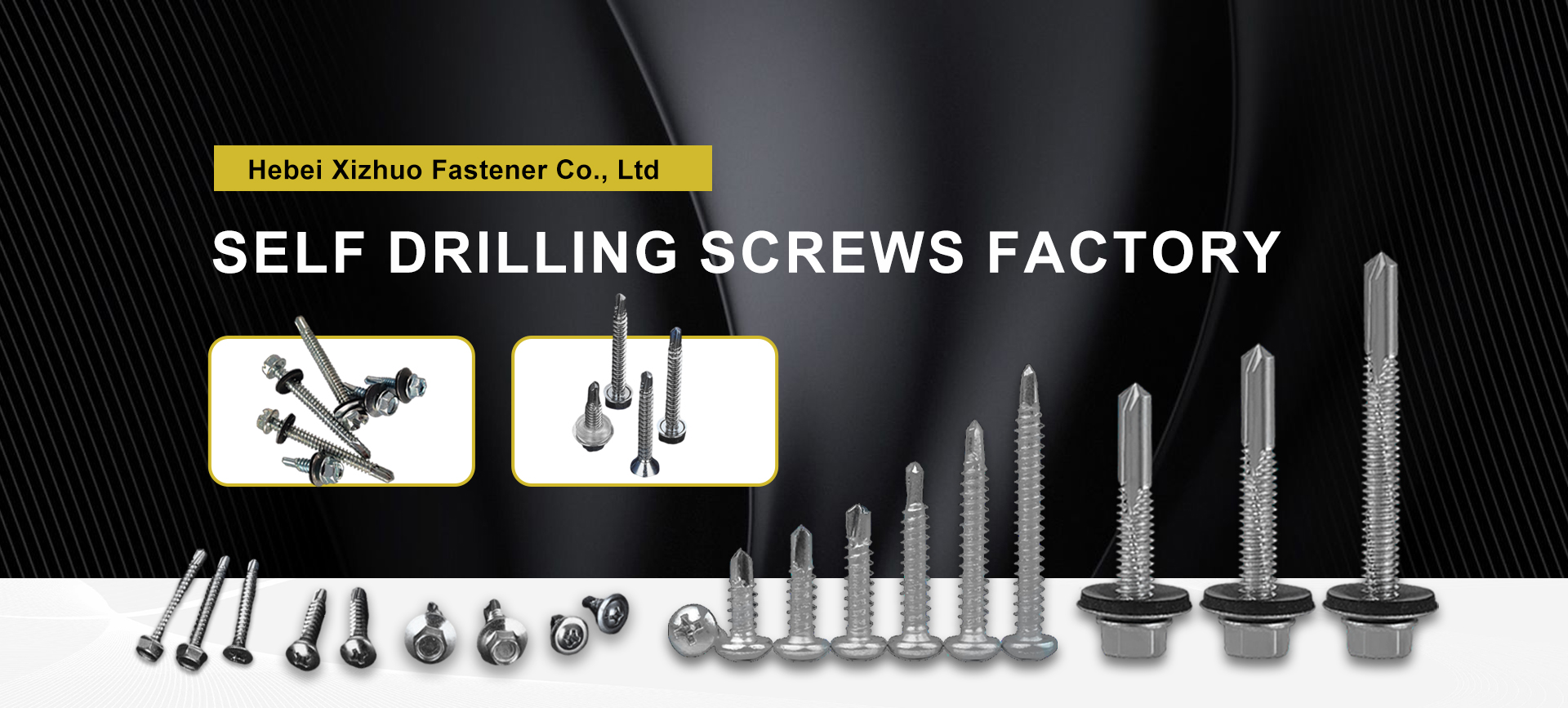m10 chemical anchors
Understanding M10 Chemical Anchors A Comprehensive Overview
Chemical anchors, also known as chemical fixings or resin anchors, have become increasingly popular in construction and engineering due to their ability to provide high-strength connections in a variety of materials. Among these, M10 chemical anchors are a commonly used solution, particularly for medium-load applications. This article will delve into the characteristics, applications, installation processes, and benefits of M10 chemical anchors, offering insights for both professionals and DIY enthusiasts.
What are M10 Chemical Anchors?
M10 chemical anchors refer to a type of anchor that utilizes a resin-based adhesive to secure fasteners into concrete, brick, or masonry substrates. The M10 designation indicates the thread size of the bolt used with the chemical anchor, which is 10 millimeters in diameter. These anchors are typically used with steel bolts and are designed to provide superior load-bearing capacities, making them ideal for a range of structural applications.
Characteristics
One of the key characteristics of M10 chemical anchors is their capacity to resist pull-out and shear forces. Unlike traditional expansion anchors that rely on mechanical friction, chemical anchors bond the bolt to the substrate through a strong adhesive reaction. This ensures optimal load distribution and minimizes the risk of failure. Additionally, M10 chemical anchors are compatible with various substrates, including wet concrete, which enhances their usability across different construction scenarios.
Applications
M10 chemical anchors find use in numerous applications, such as
1. Structural Installations Used for securing beams, columns, and other structural elements. 2. Heavy Machinery Mounting Ideal for anchoring machinery and equipment that require strong, vibration-resistant connections. 3. Safety Barriers and Railing Systems Essential for securing safety barriers, ensuring compliance with safety regulations. 4. Framework for Architectural Features Used in attaching architectural panels and cladding to buildings.
m10 chemical anchors

These anchors are suited for both indoor and outdoor environments, thanks to the corrosion-resistant properties of the materials used.
Installation Process
Installing M10 chemical anchors involves several key steps
1. Site Preparation Ensure the substrate surface is clean and free of debris. 2. Drilling Use a drill with a hammer function to create a hole of the appropriate diameter and depth, typically designated by the manufacturer. 3. Cleaning the Hole Thoroughly clean the drilled hole using a wire brush and compressed air to remove dust and debris. This step is crucial for ensuring the adhesive bonds effectively. 4. Injecting Resin Inject the chemical resin into the hole, filling it accordingly—generally, a two-component epoxy resin is used for optimal performance. 5. Inserting the Anchor Insert the M10 threaded bolt into the resin-filled hole, turning it slightly to ensure proper distribution of the adhesive. 6. Curing Time Allow the resin to cure according to the manufacturer's instructions before applying any load.
Benefits
M10 chemical anchors offer several advantages
- High Load Capacity They can support significant loads, making them suitable for heavy-duty applications. - Versatile Use Compatible with various substrates, including concrete and masonry, which broadens their applicability. - Quick Installation The installation process is relatively straightforward, allowing for efficient construction timelines. - Reduced Risk of Damage Since these anchors minimize disturbance to the substrate, there is a lower risk of cracking or spalling, particularly in concrete structures.
In conclusion, M10 chemical anchors represent a robust solution for anchoring applications across various industries. Their strong bonding capabilities, versatility, and ease of installation make them a preferred choice for professionals in the construction field. Whether for structural support or securing equipment, understanding the properties and applications of M10 chemical anchors can significantly enhance project outcomes.
-
Weatherproof Plastic Expansion Anchors for OutdoorNewsJun.06,2025
-
Sustainability in the Supply Chain: Eco-Friendly TEK Screws ProductionNewsJun.06,2025
-
Load-Bearing Capacity of External Insulation FixingsNewsJun.06,2025
-
Double Head Bolts: Enhancing Efficiency in Industrial MachineryNewsJun.06,2025
-
Corrosion Resistance in Chipboard Screws: Coatings for Wholesale DurabilityNewsJun.06,2025
-
Butterfly Toggle Bolts : Enhancing Structural ResilienceNewsJun.06,2025
